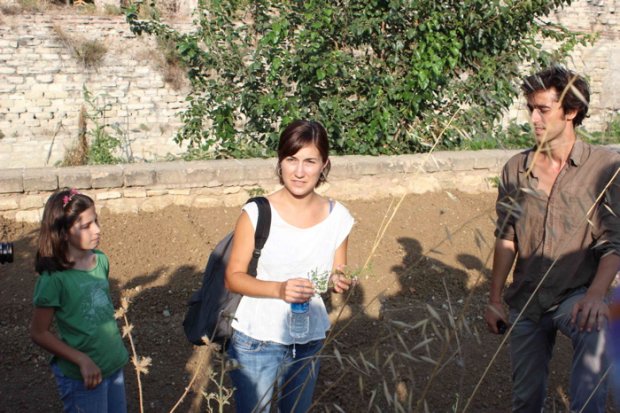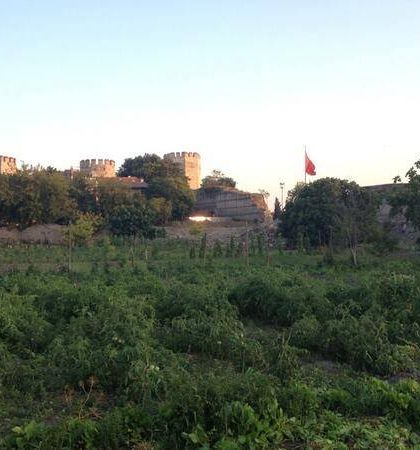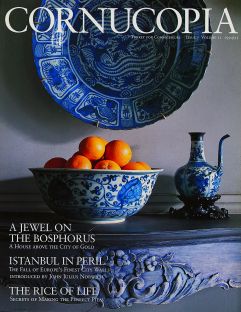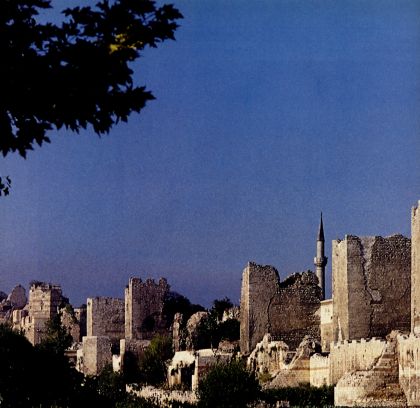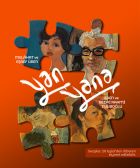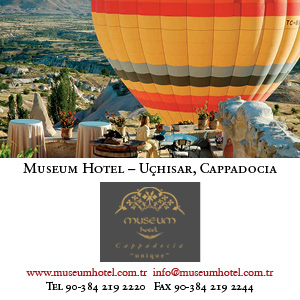Cornucopia’s editor John Scott gave his keen observations of last Wednesday’s archaeobotany workshop at Yedikule bostans (gardens) with Dr Chantel White in yesterday’s blog. Today I will take you through Chantel’s own observations.
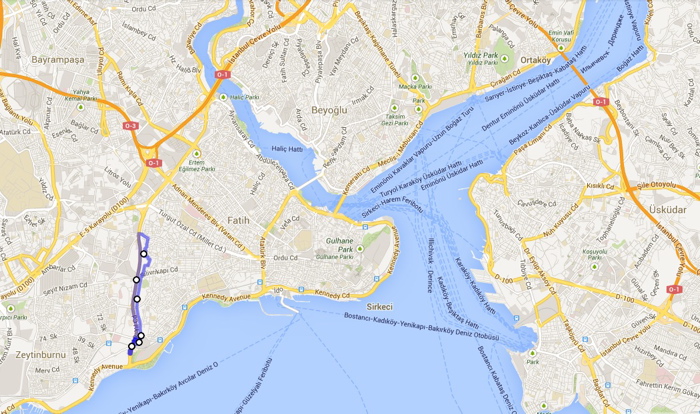
The area of the Yedikule gardens marked on a map of Istanbul
A bit of background: the School of Historical Yedikule Gardens organised this special archaeobotany (the study of human-plant interactions of the past) workshop, conducted by Chantel White, an American archaebotanist and postdoctoral research associate at the University of Notre Dame. The very active Yedikule Bostanları group, led by Aleksandar Sopov invited Chantel to Istanbul to conduct an assessment of the area around the Yedikule bostans (gardens) and to produce a report which can hopefully be used to dissuade developers from destroying them. Chantel and Aleks spent the days before the workshop talking to the Yedikule gardeners, identifying and learning about the plants grown there, and finding out about recent changes that have taken place in the gardens (including documenting the many crop types lost over the past 50 years).
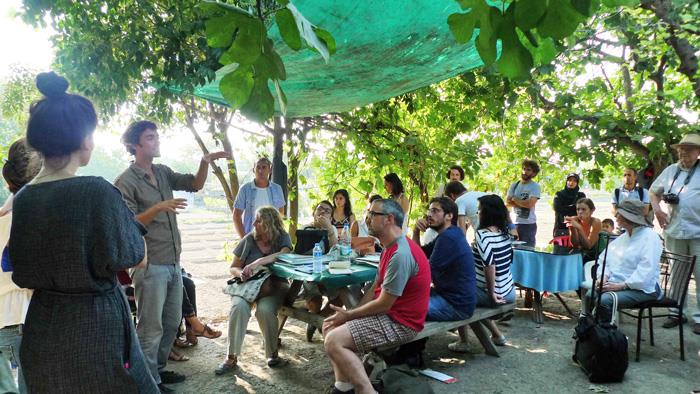
Aleksandar Sopov introduces Chantel White
Chantel specialises in the study of agriculture and the origins of domesticated plants, generally focusing her research on archaeological sites ranging from 2,000 to 10,000 years old. Because a large amount of information gets lost over time, Chantel tells me, ‘We are left with just a tiny piece of a much larger archaeological puzzle.’ Archaeobotanists rarely hold the key to solving the whole puzzle. After all, ‘They cannot speak directly with ancient farmers and gardeners about the plants they were growing, or about how these plants were used or cooked for food.’ What archaeobotanists can do, Chantel says, is ‘search for preserved bits of plants in the soil of archaeological sites in order to provide an interpretation of past human activities’.
The Yedikule situation is unique in that archaeobotanists actually do have the opportunity to speak with living gardeners – one of whom, Ahmet, was present at the workshop – and this is what Chantel finds ‘most fascinating and heartbreaking’ about it. ‘Here we have the opportunity to speak with gardeners directly about their crops and to learn about cultivation methods, yet these ways of life are disappearing before our eyes,’ she says. Many generations of gardening families have lived in this area, between them cultivating hundreds of years of experience, including specific knowledge of growing plants along the Yedikule city walls. And this is important, as the crops that are still being cultivated here today can provide extremely valuable information about the past.
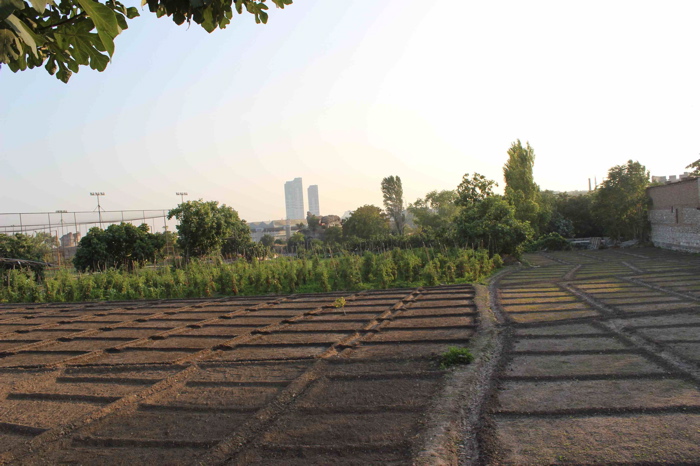
Chantel gives us some background on the scientific side of things. The most common way to recover plant remains from archaeological sites, she says, is to extract their ancient remnants from the soil, and then study the tiny fragments of seeds, wood and plant cells under the microscope. Reference books (such as the Flora of Turkey) and region-specific reference collections are also used to help identify plants. When Chantel visits an archaeological site she takes with her a small library of seed specimens to help identify any archaeological seeds she might find and create a new reference collection for the region.
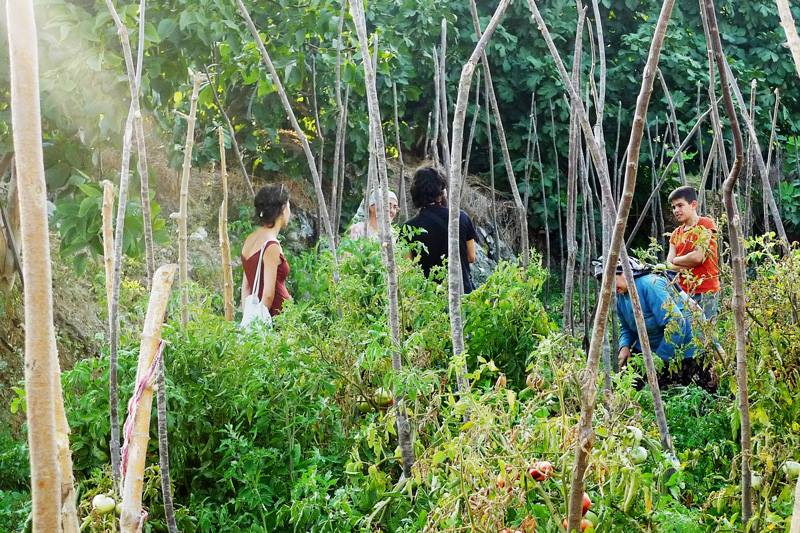
Though the discovery of a single seed will be of little significance, when hundreds or thousands are recovered from an archaeological site, then past human-plant interactions can be reconstructed. Clues about the natural environment and the diet of the local community of the past become apparent. Was the site near a river, open grasslands or a forest? Which plants were used for eating and which for other purposes, such as building materials? Most importantly, a picture of that past community’s daily life can be reconstructed. ‘For example, if we see large amounts of barley or wheat at the site, we can begin to think about an annual cycle of farming activities… If we saw large amounts of barley or wheat, we could begin to think about sowing seeds, weeding fields, harvesting grain, and threshing and processing the grain. We could also think about the pounding, grinding and cooking of the grain for daily meals. In this way, archaeobotany can help us reconstruct the lives of ancient people. The seeds are a direct link to past human activities,’ says Chantel.
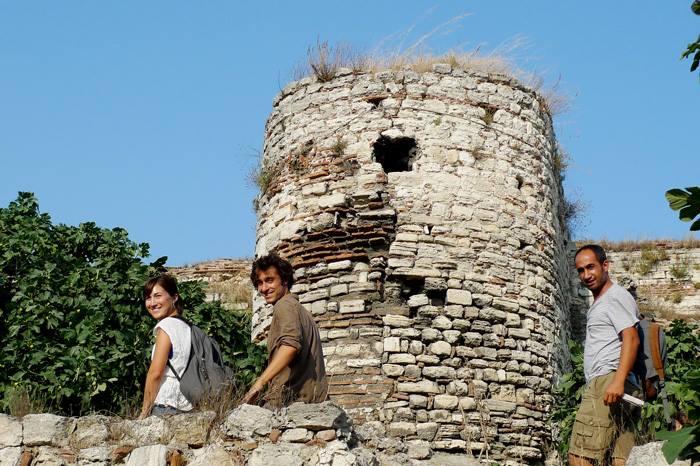
Aleks and Chantel at the city walls
On her visit to Yedikule, however, Chantel has been concentrating on living plants rather than ancient seeds. She talks of the historical records that provide ‘exciting information about the long history of gardens within and around the city walls’, such as a document from the 10th century, the Geoponika, which details the gardening calendar for Istanbul. Many garden crops are still recognised today, such as rocket (roka), leek (pırasa), onion (soğan), beet (pancar), dill (dereotu) and red radish (kırmızı turp). Aleks has also discovered a 17th-century Ottoman document that provides the name and location of one of the Yedikule gardens, the Israelpaşa – a large terraced garden located along the city walls.
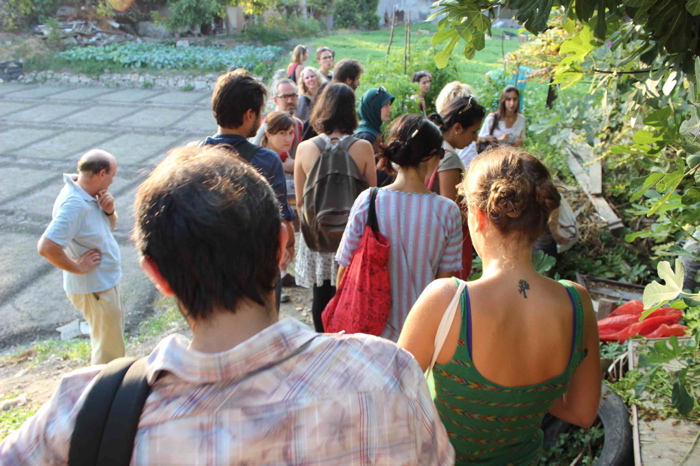
Workshop attendees being shown some of the crops
In Chantel and Aleks's interviews with the local gardeners, they were interested in learning why some crops have stopped growing in the past 50 years. Chantel outlines four reasons: 1. Some crops are now produced more cheaply elsewhere, outside the city, so it is no longer lucrative to grow them. 2. Because the gardens have been forcibly downsized by road-building and other construction projects, there is no longer room for crops requiring a lot of space, such as cauliflower. 3. The air quality has deteriorated and pollution has increased in the area, with the result that some crops will no longer grow, or fail to produce viable seeds to store for next year’s crop. 4. There is a changing Istanbul population: gardeners once produced the black radish (kara turp), a vegetable favoured by older generations; as they died out, so did the black radish. Another crop, the endive (hindibaba), a bitter leaf vegetable, was favoured by the Greek population, but since they have left the city over the past decades, gardeners have stopped growing it.
But although the botanical composition of the gardens has changed somewhat over the past 50 years, many great crops are still being cultivated. And what is interesting, Chantel tells us, is that they are being cultivated in ‘very specialised ways’. For example, the purslane (semizotu) beds are carefully spaced and designed for irrigation, and the technology of building soil berms to channel water allows the gardeners to produce multiple purslane crops each year. ‘It is clear that this specialised knowledge will disappear as the gardens disappear, and we will lose important information about how the unique environment of the garden walls and lower moat area were successfully cultivated for centuries. An important part of the city’s history will be lost. It’s the city gardens – urban agriculture – that have sustained the residents of Istanbul during times of famine and food scarcity for at least 1000 years. The Yedikule gardens are some of the last urban garden spaces surviving in the city,’ Chantel says.
‘The loss of these gardens would be a terrible loss for archaeobotany as well,’ Chantel adds. Some unique varieties found in the Yedikule gardens have already been lost, such as the Yedikule lettuce (Yedikule marul). Ahmet, who comes from three generations of Yedikule gardeners, remembers it well. He has memories of the lettuce plants growing a metre high – ‘huge plants that were extremely oily and juicy’. Unfortunately this variety has been lost for good. ‘But even the crop weeds here tell a tale,’ Chantel says. The little purple flowering plant, Malva sp., mallow (ebegümeci), was, according to the Geoponika, cultivated in the gardens of Istanbul as a leafy green vegetable. Now it is just concentrated in one small area and is already a ‘potential reminder of the crops that once grew in these city gardens’.
Other unique well-known varieties live on – but for how long? One is the particularly fragrant, broad-leaved mint (nane), which grows in the Greek Orthodox church garden and has the added advantage of preserving well. ‘The same mint plants have been reproducing in the fields for most of the past century – if not longer – without any introduction of non-local seeds. We can think of this mint field as a unique location of mint production with a long history of cultivation within the church garden. What a shame to lose this field to a parking lot!’ Chantel’s words could not be more true.
For Chantel’s entire presentation, click below to hear the recording done by İlksen Mavituna on the day (in English with Suna Kafadar translating for Turkish speakers).

